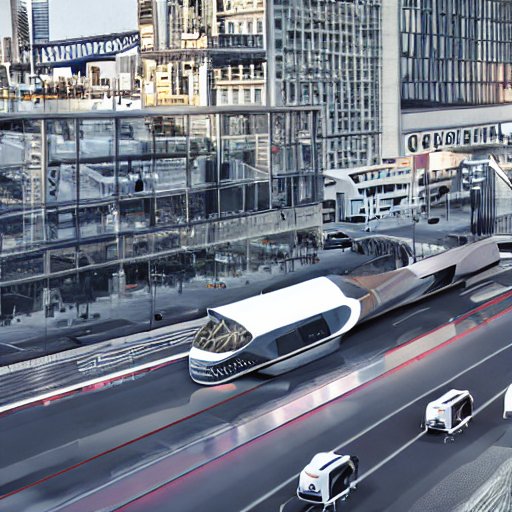From self-driving cars and electric vehicles to hyperloop trains and flying taxis, the way we move from one place to another is undergoing a significant transformation. In this article, we will explore some of the most exciting innovations in transportation that are shaping the future of how we get around. From reducing emissions and improving efficiency to enhancing safety and convenience, these innovations have the potential to revolutionize the way we travel and impact our lives in many ways.
Connected and Autonomous Vehicles: One of the most significant advancements in transportation is the development of connected and autonomous vehicles. With the integration of advanced sensors, artificial intelligence (AI), and communication technologies, vehicles can now communicate with each other and with traffic infrastructure, making transportation more efficient and safer. Autonomous vehicles have the potential to reduce accidents caused by human error, optimize traffic flow, and improve fuel efficiency. Moreover, connected vehicles can share data in real-time, providing valuable insights for traffic management and urban planning.
Electric Vehicles (EVs): Another significant innovation in transportation is the widespread adoption of electric vehicles (EVs). EVs are powered by electricity instead of fossil fuels, making them more environmentally friendly as they produce zero tailpipe emissions. With the advancement in battery technology, EVs now have longer ranges and faster charging times, making them a viable alternative to traditional gasoline-powered vehicles. Moreover, the development of a robust charging infrastructure is making it easier for EV owners to charge their vehicles conveniently, reducing range anxiety and making EVs more practical for everyday use.
Hyperloop Trains: Hyperloop is a high-speed transportation system that uses magnetic levitation to propel passenger or cargo pods through a vacuum-sealed tube at speeds of over 700 miles per hour. This innovation has the potential to revolutionize long-distance travel, making it faster and more efficient. Hyperloop trains could significantly reduce travel times, increase capacity, and reduce congestion on highways and airports. Several companies are currently working on developing hyperloop technology, and test tracks have been built in various countries to explore the feasibility of this futuristic transportation system.
Urban Air Mobility (UAM): Urban air mobility (UAM) is a concept that involves the use of electric vertical takeoff and landing (eVTOL) aircraft for transportation within urban areas. These aircraft are designed to operate autonomously or with a pilot and can transport passengers or cargo across short distances in urban environments. UAM has the potential to alleviate congestion on roads, reduce travel times, and provide an efficient mode of transportation for urban dwellers. Companies like Uber, Airbus, and Boeing are investing in UAM technology, and prototypes of eVTOL aircraft have been unveiled in recent years, showcasing the potential of this innovation.
High-Speed Rail: High-speed rail is not a new concept, but recent advancements have made it a more viable and attractive option for transportation. High-speed trains can travel at speeds of over 200 miles per hour, making them faster and more efficient than traditional trains. High-speed rail systems have been successfully implemented in countries like Japan, China, and several European countries, and they have been proven to be an effective and sustainable mode of transportation, reducing congestion on roads and airports, and lowering carbon emissions. High-speed rail projects are also being planned and developed in other parts of the world, including the United States, as a promising option for future transportation.
This article created with ChatGPT Fake Articles and image created with Stable Diffusion

